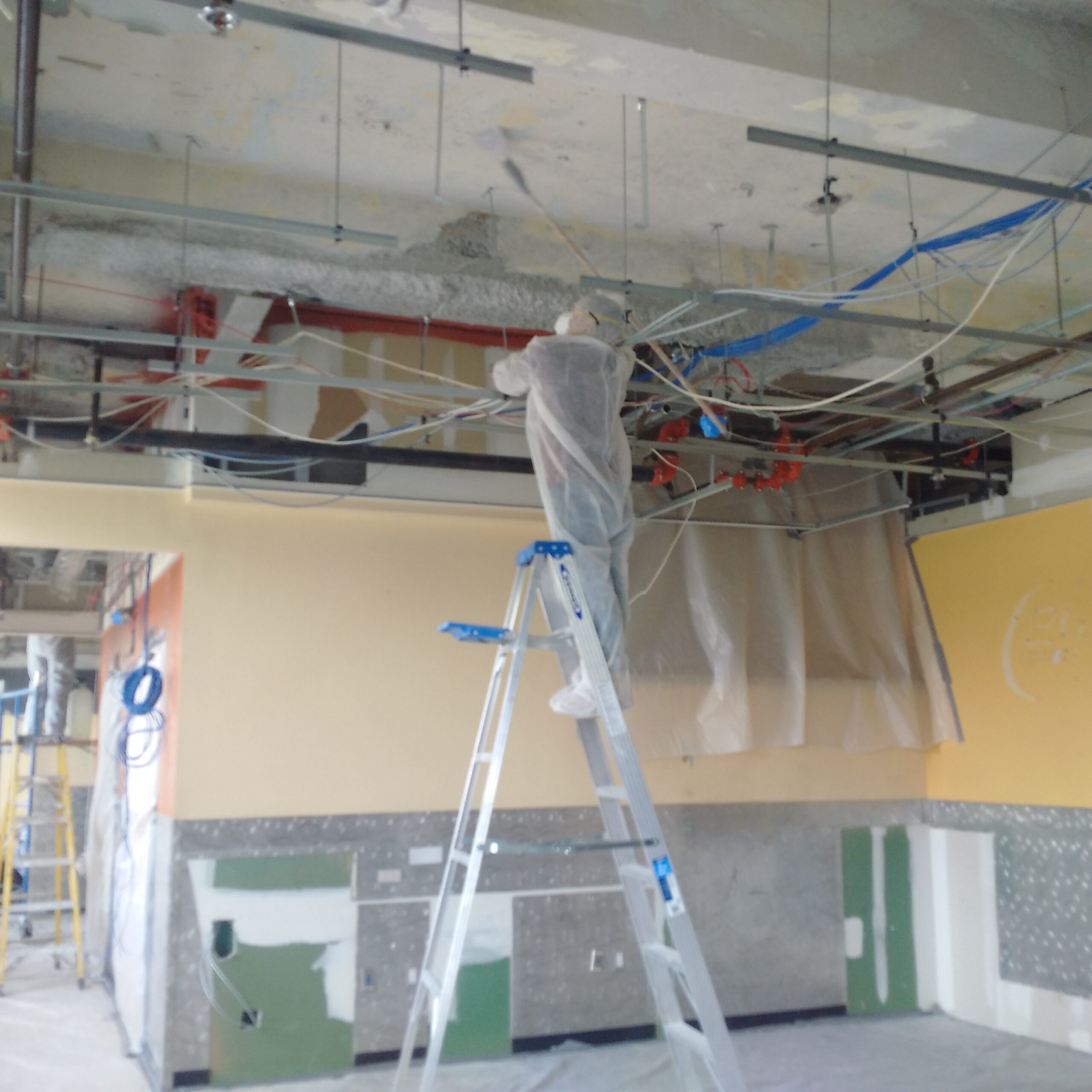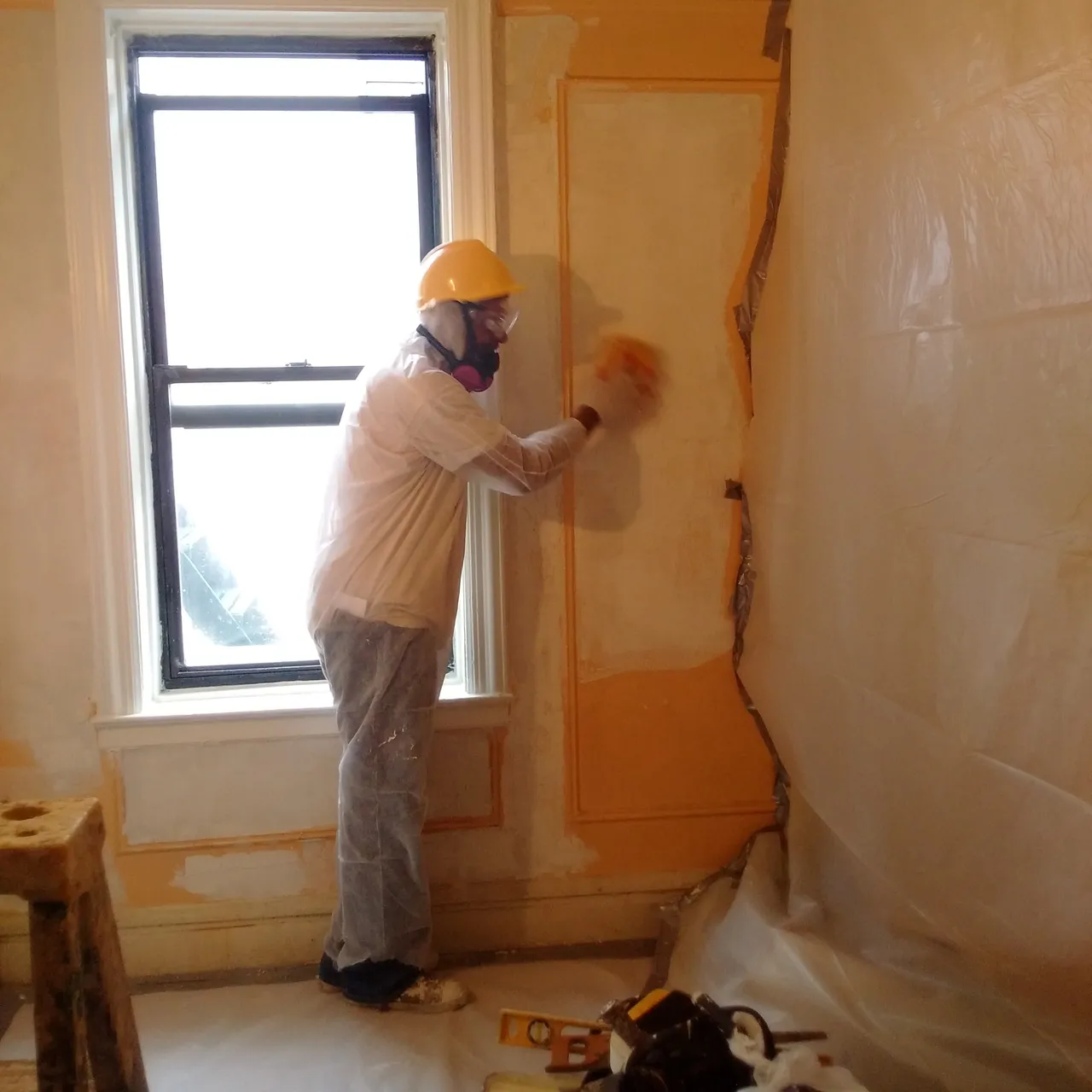DOH & HPD Lead Violation Removal NYC-- Expert Solutions for Conformity
DOH & HPD Lead Violation Removal NYC-- Expert Solutions for Conformity
Blog Article
Ideal Practices for Making Certain Safe and Thorough Lead Offense Abatement
Attending to lead infraction reduction requires a multi-faceted approach to ensure both safety and conformity. Initial analyses using innovative detection techniques such as XRF analyzers established the phase for a precise understanding of contamination levels. Incorporating proper control methods, including impermeable barriers and HEPA filtration, coupled with the use of individual protective equipment (PPE) for employees, creates the foundation of a safe procedure. Meticulous cleanup procedures, including HEPA vacuuming and wet-wiping, are essential. It's the last clearance process, involving comprehensive inspections and research laboratory testing, that truly verifies a lead-free environment, ensuring lasting safety and security. How do these methods interconnect to guarantee extensive lead reduction?

Initial Evaluation
Carrying out a first evaluation is a vital very first step in lead violation reduction. This phase encompasses a thorough analysis of the building to recognize the existence, extent, and details places of lead-based hazards. Certified professionals, such as qualified lead inspectors or take the chance of assessors, ought to perform a thorough site examination, using devices like X-ray fluorescence (XRF) analyzers to precisely detect and determine lead focus in paint, dirt, dirt, and water.
The evaluation has to likewise include an evaluation of the structure's history, previous records, and any kind of grievances or wellness issues reported by passengers - Lead Removal Contractors. Documenting the findings diligently is necessary, as these records develop the basis for establishing an efficient reduction method. An extensive analysis also includes tasting and laboratory analysis, which are vital to confirm the existence of lead and overview succeeding activities
Additionally, it is imperative to interact the results transparently to all stakeholders, including homeowner, occupants, and governing authorities. By ensuring that the initial evaluation is carried out with accuracy and roughness, experts can lay a strong structure for a targeted and effective lead abatement process, eventually guarding public wellness and ensuring compliance with regulatory standards.
Proper Control
Appropriate containment is crucial to protect against the spread of lead pollutants during reduction tasks. Efficiently managing control reduces the risk of lead dirt and debris moving to non-work locations, thus guarding both the atmosphere and individuals outside the prompt work area.

Regular examinations of the containment location are required to inspect for breaches or weak points in the barrier. Any type of identified problems should be immediately addressed to keep the integrity of the control. By sticking to these methods, abatement tasks can successfully regulate lead contamination and reduce associated health and wellness threats.
Worker Security
Ensuring worker defense is paramount throughout lead abatement tasks to prevent work-related direct exposure to dangerous lead bits. Essential steps consist of making use of personal safety tools (PPE) such as respirators, find here gloves, and full-body suits particularly made to block lead dust and fumes. Workers need to undergo extensive training on the right use and maintenance of PPE, including in shape screening for respirators to make certain optimum efficiency.
Design controls, such as local exhaust ventilation systems, are important in lessening air-borne lead focus in the job setting. Management controls should also be implemented, including limiting the duration of exposure and rotating workers to decrease individual exposure times. Regular medical surveillance and biological monitoring are essential for very early discovery of lead absorption, making it possible for prompt treatment and therapy.
Moreover, establishing a decontamination protocol is important. Workers must follow stringent purification procedures before breaks and at the why not try here end of their shift to avoid lead dust from being brought outside the work location. This includes complete hand and face cleaning with lead-specific cleaning agents and altering out of polluted clothes.
Precise Cleanup
Keeping a risk-free work environment expands past worker defense and incorporates careful cleanup to make sure lead bits are thoroughly gotten rid of from the website. The process of thorough clean-up is crucial in avoiding the recontamination of the moderated location and safeguarding both existing and future passengers.
To achieve an extensive cleaning, all workspace need to be systematically sanitized. This involves using specialized HEPA (High-Efficiency Particulate Air) vacuum cleansers and wet-wiping techniques to record and remove great lead dust that might have picked surfaces. It is imperative to clean up all straight surfaces, consisting of floors, window sills, and kitchen counters, in addition to upright surfaces that may have entraped lead bits.
Workers must put on appropriate individual protective devices (PPE) throughout cleanup to prevent direct exposure to residual lead dust. Used cleansing products such as wipes, sponges, and mop heads must be disposed of according to contaminated materials disposal regulations.

Last Clearance
Last clearance is the critical concluding phase of lead reduction that determines whether the site is risk-free for reoccupation. This important action includes thorough examination and screening to validate that all lead threats have actually been successfully removed.

Last clearance screening not only protects future owners however likewise ensures conformity with regional, state, and federal regulations. It serves as a documented recognition of the abatement service provider's adherence to market best methods. Guaranteeing a comprehensive and effective final clearance is crucial in protecting public health and promoting count on in the abatement process.
Verdict
Guaranteeing secure and extensive lead violation abatement demands a diverse strategy encompassing first analyses with sophisticated detection approaches, reliable containment techniques, rigorous employee defense protocols, and thorough cleanup procedures. The last clearance stage, featuring thorough evaluations and research laboratory testing, is important to validate compliance with EPA requirements. Adherence to these ideal techniques guarantees a risk-free setting for occupants, reduces health and wellness threats, and upholds regulative demands, therefore promoting public health and security in lead-affected locations.
Report this page